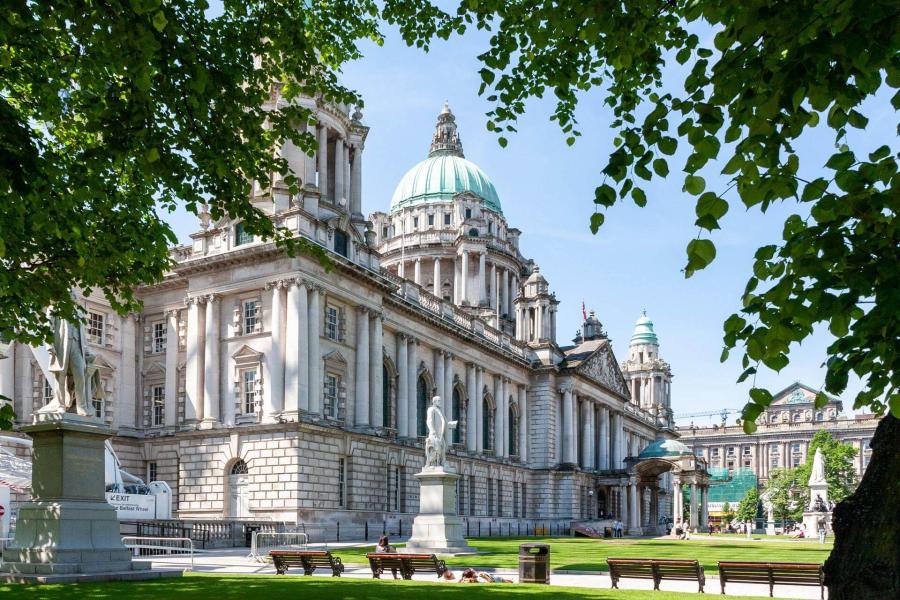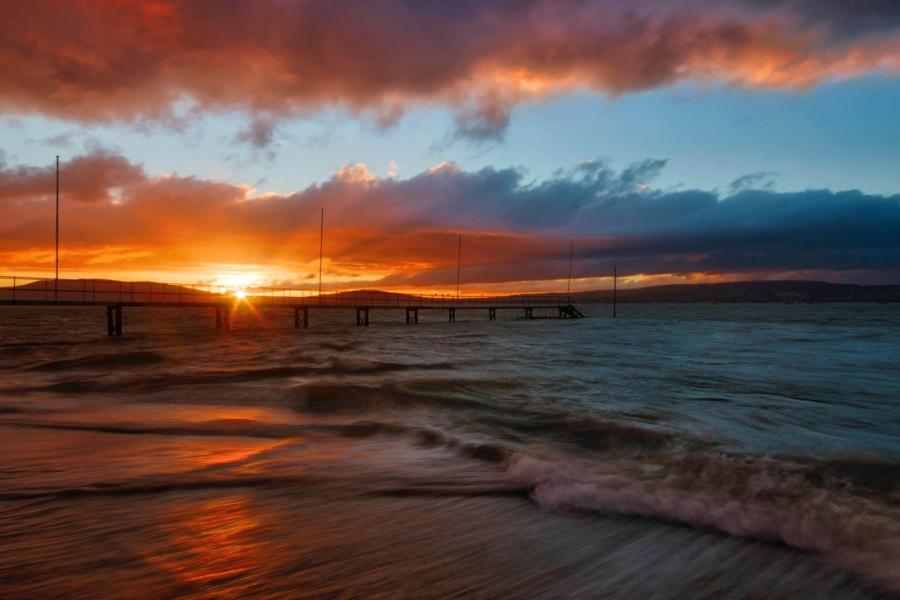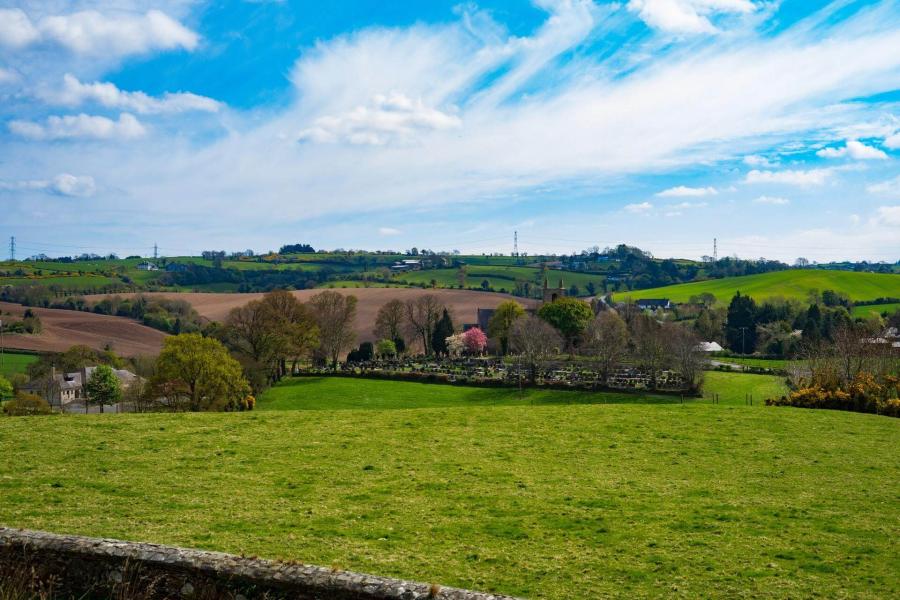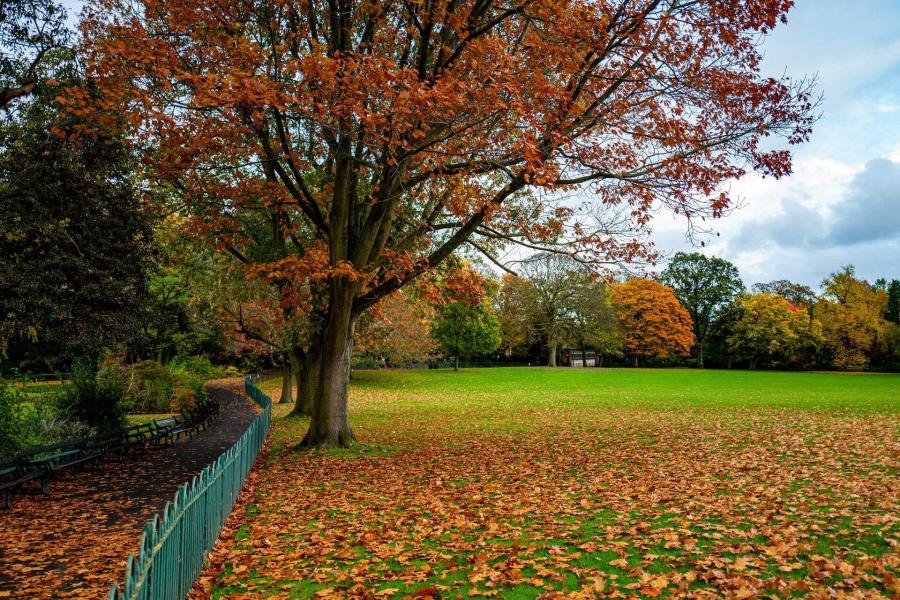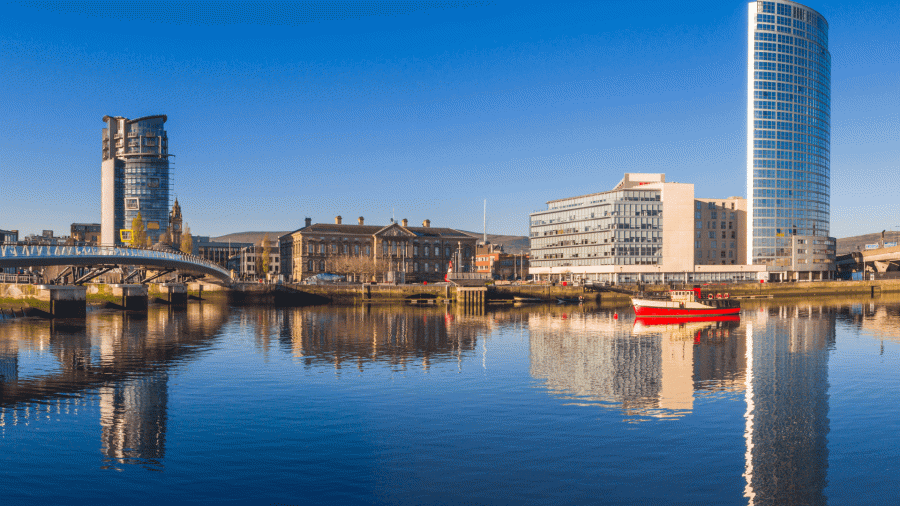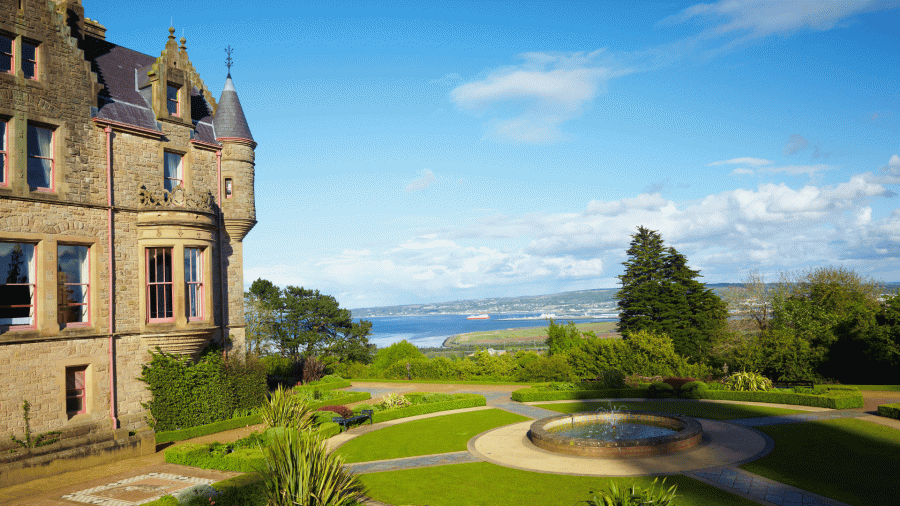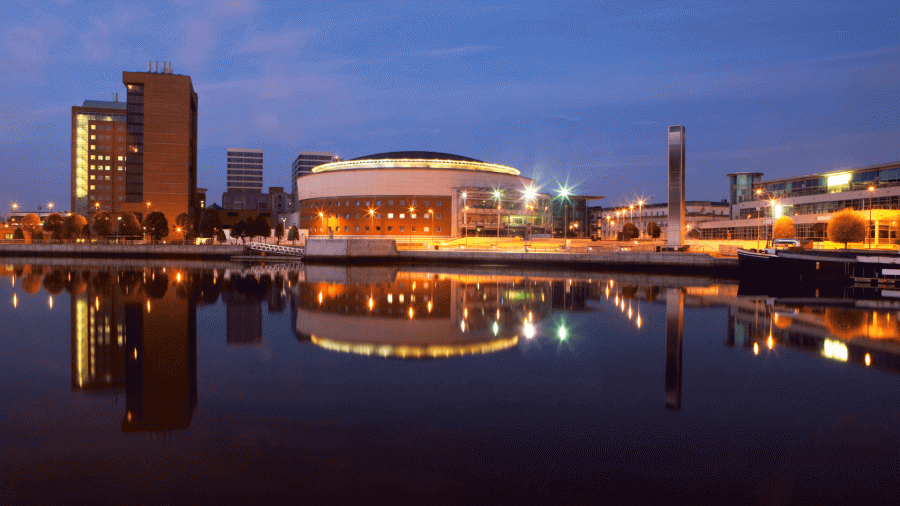
All About Belfast
Belfast is the capital of Northern Ireland, one of four constituent nations that make up the United Kingdom alongside England, Scotland, and Wales. Sharing a land border with the Republic of Ireland, the city sits on the northeast coast facing back towards Scotland.
One of the most important cities in the British Empire during the nineteenth century, shipbuilding became a major industry. It was here that the ill-fated Titanic was built and fitted out, with a new Titanic Quarter ensuring this history is never forgotten.
While the city and its residents suffered significant shocks during The Troubles, which witnessed violent attempts to unite Northern and Southern Ireland, thankfully those days are now long past. The peace settlement that began to international applause in the late 1990s has led to significant funding and regeneration. The result is one of the coolest destinations in northern Europe. Ferryscanner has all the information you need to know when it comes to organizing ferry tickets to Belfast. Examine up-to-date schedules for all the main routes, and purchase your ferry tickets to Belfast at the same time.
Routes and Ferries to Belfast
While there are plenty of boat companies offering tours of the dramatic Northern Irish coast, including the UNESCO World Heritage Site Giant’s Causeway, just one ferry company operates ferries to the capital.
This company is Stena Line, which provides ferry tickets to Belfast from two British ports, Cairnryan and Liverpool (Birkenhead). Its Cairnryan ferries travel between the west coast of Scotland and Belfast in just two hours and 15 minutes, making it one of the shortest sea crossings between the island of Great Britain and Northern Ireland. What’s more, Stena Line operates the route between Cairnryan and Belfast up to 40 times per week right throughout the year. This means you can expect up to six crossings per day any day of the week.
Alternatively, it’s also possible to reach Belfast from further south in Great Britain. Stena Line’s second route runs between Belfast and Liverpool (Birkenhead) and vice versa. Not only was Liverpool the home of the Beatles, but it also lies close to other large cities, including Manchester, making it a popular departure point for reaching Northern Ireland.
This sailing runs two times per day, with the option of a day sailing or a night sailing. Both last approximately eight hours, with prices for adult foot passengers starting at £22 one way. Tickets at this level provide access to undesignated areas of seating and free WiFi. Passengers are also able to purchase tickets that provide them the comfort of a private cabin. The ferries on both routes also have cafeterias where you can buy refreshments, onboard stores for last-minute souvenirs, and entertainment including slot machines.
By comparison with other nearby nations, Belfast, and Northern Ireland more widely, is much more dependent on private vehicle transportation for getting around. There are literally hundreds of customs-free crossing points with the Republic of Ireland. However, there are also rail services, which in particular connect Belfast to Northern Ireland’s biggest cities, including Derry/Londonderry, Coleraine, and Portrush, as well as Dublin.
There are two airports serving the city of Belfast. The main airport receiving flights from Europe is Belfast International Airport. It also sees flights depart for the likes of Orlando in Florida during the summer months. George Best Belfast City Airport is slightly closer to the city center and is predominantly used by domestic airlines connecting Belfast with other British cities.
Ports of Belfast
The ports of Belfast are together described as Belfast Harbor. Its origins date back to 1613 when King James I decreed a port should be built. Over the next two centuries, it grew to become one of Britain’s most important. A deep natural harbor, passenger ferries dock at its southernmost extent, on a thin peninsula of land approximately one kilometer from the Titanic Quarter and the historic city center. Both can be reached via the M2 highway, while the nearest railway station is midway between the port and city center at Yorkgate.
Best Beaches
While Belfast may not have a reputation for amazing weather, the summer months of June to August provide plenty of opportunity for hitting the beach with the family while temperatures reaching the high twenties Celsius. Here are some of the best beaches in Belfast.
Helen’s Bay
A short train journey from central Belfast, Helen’s Bay is a broad sandy beach and one that is popular with families and young children in particular. Not only is the water quality excellent, but there’s the added bonus of catching sight of porpoises and seals.
Crawfordsburn Beach
A short distance further east from Helen’s Bay, Crawfordsburn Beach sits within a national park, ensuring the most pristine of scenes. It’s not ideal for swimming due to strong currents, but the low tide does reveal rock pools that are ripe for exploration.
Ballywater Beach
Facing out into the north channel of the Irish Sea, Ballywater Beach is a long ribbon of sand perfect for sandcastles and beach games. During the summer, its waters are also more than suitable if you fancy a dip.
Glenarm Beach
Located to the north of the city, Glenarm Beach sits among the rugged coastline. Close to the charming village of the same name, it consists of a small area of pebbles, although there is also a grassy area that’s excellent for picnics.
Places to Visit
Stroll along the pleasant thoroughfares of Belfast and you’ll soon discover there’s something to enjoy around almost every corner of the city. With that in mind, we’ve selected what we believe to be the best places to visit in Belfast.
Titanic Belfast
This marvel of modern architecture tells the story of the RMS Titanic, alongside her sister ships the Olympic and the Britannic, from the very place where these giants of the steam age were built.
Belfast Botanic Gardens
With an area of 110,000 square meters, Belfast Botanic Gardens is one of the most impressive green spaces within the city. In addition to a plethora of pathways, a particularly notable attraction is the Palm House, which was built in 1840.
Peace Wall
Built to separate warring factions within the community, Belfast’s Peace Wall has become a space for the city’s street artists. Combining beautiful examples of graffiti with important political statements, the Peace Wall provides an insight into life from the times of The Troubles to the present day.
Transportation Around Belfast
Belfast’s bus services are a well-run and trustworthy way of getting to the furthest reaches of the city, and from the port to the center. The most useful for visitors is probably the new Glider network. Its tram-like buses connect up the east and west of the city as well as the Titanic Quarter. Traditional British black cabs are also easy to come by, as are ride-hailing taxis such as Uber booked via a smartphone.
